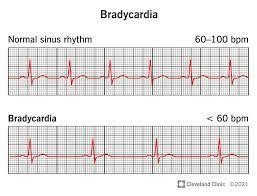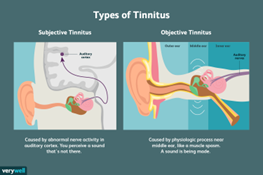A nurse is caring for a client who is receiving diazepam as conscious sedation for an endoscopy, Which of the following antidotes should the nurse have on hand during the procedure?
Naloxone
Atropine
Flumazenil
Neostigmine
The Correct Answer is C
Flumazenil is the antidote for diazepam, which is a benzodiazepine. Flumazenil is a selective antagonist that can reverse the sedative effects of benzodiazepines and is commonly used in cases of benzodiazepine overdose or to reverse sedation after procedures.
Naloxone (A) is the antidote for opioid overdose and would not be appropriate for reversing the effects of diazepam.
Atropine (B) is an anticholinergic medication used to increase heart rate and is not specific to the reversal of diazepam sedation.

Neostigmine (D) is a cholinesterase inhibitor used to reverse the effects of non-depolarizing neuromuscular blocking agents and is not indicated for reversing the effects of diazepam.
Nursing Test Bank
Naxlex Comprehensive Predictor Exams
Related Questions
Correct Answer is D
Explanation
Oxybutynin is an anticholinergic medication commonly used to treat urinary incontinence. One of the adverse effects of anticholinergic medications is the potential for bradycardia, which refers to a slower than normal heart rate. Anticholinergic medications can inhibit the effects of acetylcholine, a neurotransmitter responsible for regulating various bodily functions, including heart rate. Therefore, it is important to assess the client for signs of bradycardia after an unintended higher dose of oxybutynin.
Increased salivation (A) is not an expected adverse effect of oxybutynin. In fact, anticholinergic medications like oxybutynin often have the opposite effect, causing dry mouth and reduced salivation.
Hyperthermia (B) is not a typical adverse effect of oxybutynin. It is more commonly associated with other conditions or medications.
Urinary incontinence (C) is the condition that oxybutynin is intended to treat. It is not an adverse effect but rather the therapeutic effect of the medication.

Correct Answer is D
Explanation
The nurse should include tinnitus (ringing in the ears) as an adverse effect of gentamicin in the client's teaching. Gentamicin is an aminoglycoside antibiotic commonly used to treat bacterial infections. One of the potential side effects of gentamicin is damage to the inner ear, which can lead to tinnitus.
Tinnitus is a concerning symptom as it may indicate ototoxicity, which is damage to the structures of the inner ear responsible for hearing and balance. If the client experiences tinnitus while taking gentamicin, it is essential to notify the healthcare provider immediately to assess the severity of the issue and consider appropriate interventions.
Let's go through the other options and explain why they are not adverse effects of gentamicin:
A. Urinary frequency: Urinary frequency is not a common adverse effect of gentamicin. Gentamicin primarily affects the kidneys, and its main concern is related to potential nephrotoxicity (kidney damage) rather than causing urinary frequency.
B. Constipation: Constipation is not an adverse effect typically associated with gentamicin. Gentamicin is not known to affect the gastrointestinal system or cause constipation.
C. Hypertension: Hypertension (high blood pressure) is not a known adverse effect of gentamicin. Gentamicin primarily affects the kidneys and the inner ear, as mentioned earlier, but it does not significantly impact blood pressure.

Whether you are a student looking to ace your exams or a practicing nurse seeking to enhance your expertise , our nursing education contents will empower you with the confidence and competence to make a difference in the lives of patients and become a respected leader in the healthcare field.
Visit Naxlex, invest in your future and unlock endless possibilities with our unparalleled nursing education contents today
Report Wrong Answer on the Current Question
Do you disagree with the answer? If yes, what is your expected answer? Explain.
Kindly be descriptive with the issue you are facing.
